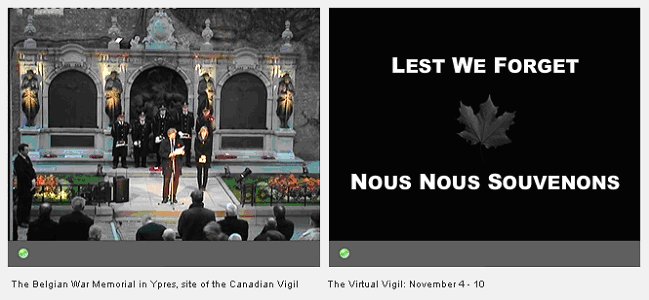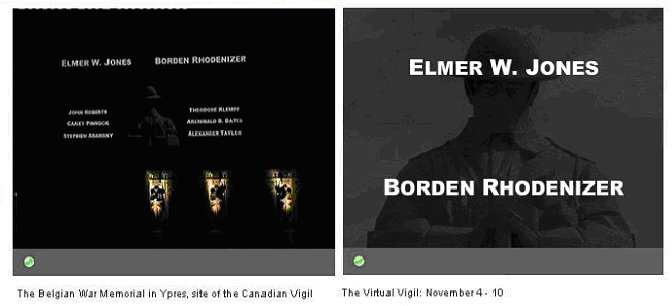|
Commanded the Battalion from May 23,
1916 to August 8, 1918
KIA Aug 8, 1918
(The following is taken from
the 21st Battalion Historical Calendar)
Succeeded Brigadier-General W.
St. Pierre Hughes in command of the 21st Canadian Battalion. The unit of the Canadian
Active Militia in which he served was the 41st Regiment (Rifles), of Brockville, Ontario.
In 1907 he transferred from his home Regiment to the Reserve of Officers, with the rank of
Captain. When war broke out he was practising law at Vancouver, B.C., but came East,
applied for an appointment with the 21st Canadian Battalion, and became the first Officer
Commanding "A" Company. He was promoted to the rank of Major while commanding
his company on the 9th of February, 1915, and was appointed Second-in-Command of the
Battalion in France in January, 1916. His service with the "21st" had been
continuous except for a period of convalescence in England from wounds received in the
attack on Vimy Ridge on the 9th of April, 1917. During his absence the Battalion was
commanded by Major (Acting Lieut.-Colonel) T. F. Elmitt, D.S.O. The late Colonel Jones
returned to France and resumed command on the 6th of July, 1917. On the 8th of August,
1918, he was mortally wounded when advancing with the Battalion in the attack on
Marcelcave. East of Amiens, and expired a few minutes later. The remains were interred in
the Military Cemetery of Longeau.
Extract from Captain R. J. Renison's
(formerly Chaplain) Story of "Battle of Amiens," in "Canada"
"The late Lieut.-Colonel
Elmer W. Jones, D.S.O., was one of the most brilliant and beloved officers in the Canadian
Army, a man of wide culture, born in Brockville. At the beginning of the war be came over
with the Battalion early in 195. A veteran of St. Eloi, the Somme, and Vimy, he was a
father to every man in the Battalion. His influence over his officers was quite
extraordinary. He called them all by their Christian names, and his humorous badinage
touched the spot with unerring instinct. His last con-ference with his company officers
was a lesson in personality. He sat on a couch in the dug-out, with hand and leg bandaged,
for he had not recovered from a painful accident of a week before. In his quiet tone he
gave each his final instructions. His confidence in them and their affectionate respect
for him were beautiful to behold."
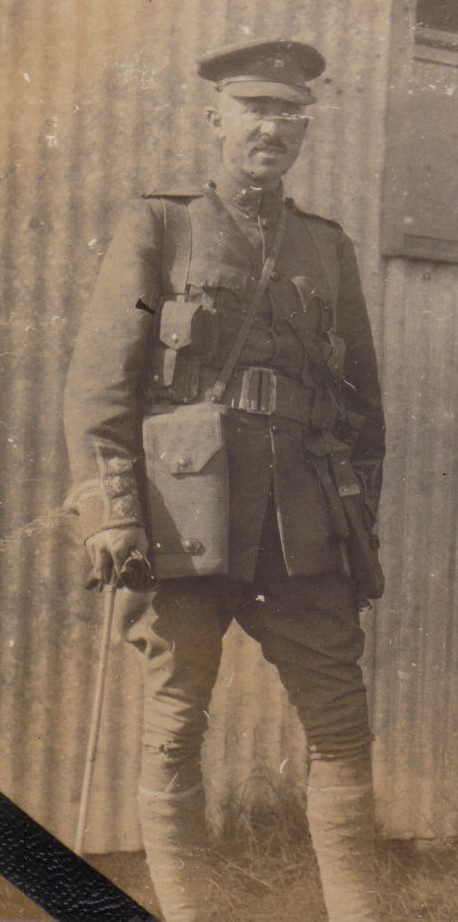
|
|
|
Mar 23, 1874
|
Born
in Brockville, Ontario to David Boyce and Matilda (nee Watson) Jones
|
|
Jul 14, 1900
|
Shown
on the nominal roll of the 41st Regiment, Brockville Rifles with
the rank of 2nd Lieutenant in No. 1 Company
|
|
Jun 5, 1905
|
Shown
on the nominal roll of the 41st Regiment, Brockville Rifles with
the rank of Captain in “B” Company
Shortly
after this, Elmer Watson Jones proceeded to Vancouver, British Columbia to
practice law
|
|
Dec 12, 1905
|
Married to Isobel Stanford Mackintosh in the St.
James Church, Victoria, British Columbia
|
|
Nov 1, 1914
|
Captain Jones returned to Brockville from British
Columbia to volunteer for service at the front
Shown on the payroll of the 41st
Regiment, Brockville Rifles with the rank of Captain
|
|
Nov 8, 1914
|
Attested into the 21st Battalion in Kingston, Ontario
Ø Attested with the rank of Captain
Ø Next of kin given as Isobel Jones, wife, Brockville, Ontario
Ø Previous occupation given as Barrister at Law
Ø Previous military experience given as 8 years in the 41st
Regiment, Brockville Rifles
Ø Religion given as Church of England
Ø Posted to “A” Company
The 21st Battalion trained in the Kingston, Ontario
area through the winter of 1914-15.
|
|
Feb 11, 1915
|
Qualified
as a Field Officer with the rank of Captain
|
|
Feb 12, 1915
|
Granted
leave of absence until 8.00 am Feb 15, 1915
|
|
Mar 11, 1915
|
Promoted
to rank of Major effective Feb 9, 1915 with “A” Coy.
|
|
May 6, 1915
|
Embarked the RMS Metagama in Montreal, Quebec

|
|
May 15, 1915
|
Disembarked in Devonport, England and the
battalion proceeded to the West Sandling Camp, near Hythe, Kent to continue
training
|
|
Sep 14, 1915
|
Embarked the St. Seiriol in Folkestone
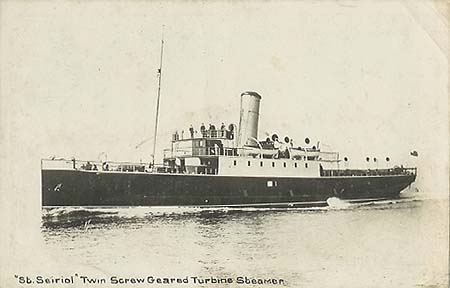
|
|
Sep 15, 1915
|
Disembarked in Boulogne, France and the battalion
proceeded to St. Omer
While in France, Major Jones’ wife Isobel and his
daughter Isobel Valerie, proceeded to England to be closer to her husband
while he was at the front
|
|
Oct 10, 1915
|
Admitted to the 2nd Division Rest
Station at Mont Noir, France with a diagnosis that reads Whooping Cough
|
|
Oct 20, 1915
|
Discharged to duty from the rest station and
rejoined the battalion
|
|
Jan 18, 1916
|
Granted leave to England
|
|
Jan 26, 1916
|
Rejoined the battalion from leave
|
|
Apr 23, 1916
|
Admitted to the No. 5 CFA (Canadian Field
Ambulance) with a diagnosis that reads Nervous Debility. Transferred the same day via an ambulance
train and admitted to the No. 12 CCS (Casualty Clearing Station) where Myopia
was added to the diagnosis
|
|
Apr 24, 1916
|
Discharged to duty from the casualty clearing
station
|
|
May 12, 1916
|
Granted 14 days leave
|
|
Jun 18, 1916
|
Admitted to the No. 1 Canadian Field Ambulance
with a diagnosis that reads Influenza
|
|
Jun 19, 1916
|
Transferred to the NMCCS (North Midland Casualty
Clearing Station)
|
|
Jun 29, 1916
|
Discharged to duty from the casualty clearing
station
|
|
Jul 13, 1916
|
Promoted
to the rank of Lieutenant Colonel and
appointed to Command the 21st Battalion to replace L/Col Hughes
who is proceeding to England.
Promotion is antedated to May 23, 1916. London Gazette # 29832
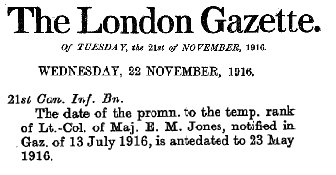
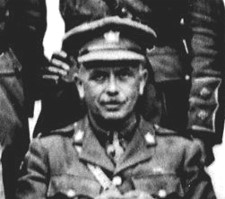
|
|
Nov 13, 1916
|
Mentioned
in Despatches London Gazette No 29890
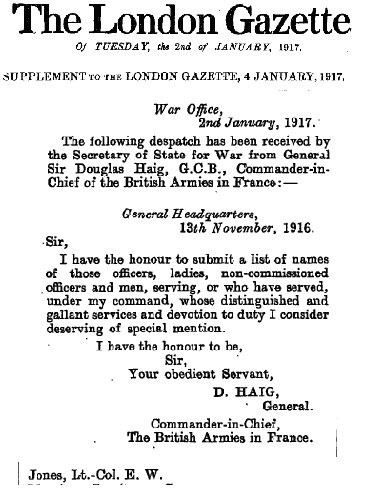
|
|
Nov 15, 1916
|
Proceeded on Officer Commanding Course
|
|
Nov 20, 1916
|
Rejoined the battalion from course
|
|
Dec 29, 1916
|
Awarded
the Distinguished Service Order – London Gazette No 29886
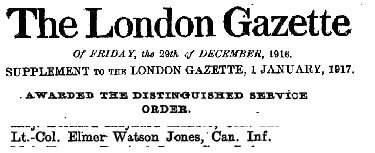
|
|
Jan 19, 1917
|
Granted 30 days leave
|
|
Feb 5, 1917
|
While on leave, L/Col Jones was invited to
Buckingham Palace to be presented with the Distinguished Service Order by the
King
|
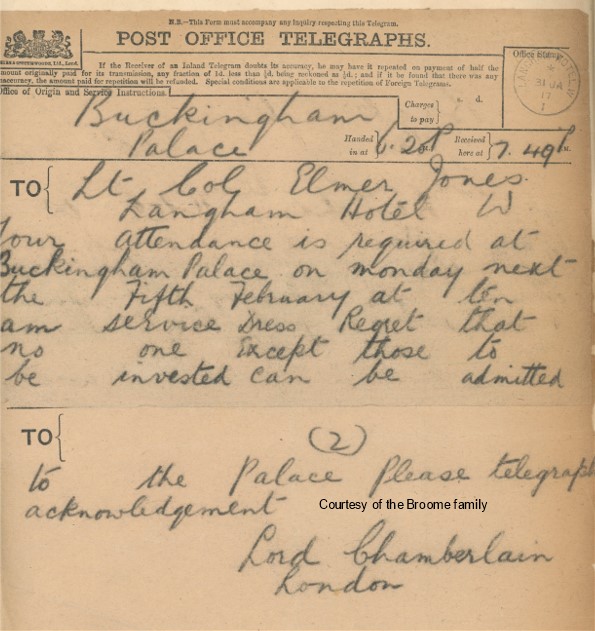
|
|
Apr 9, 1917
|
During the Canadian Corps capture of Vimy Ridge,
L/Col Jones received bullet wounds that fractured his left Fibula and another
penetrating wound to his left arm just above the elbow. He was evacuated to a field ambulance for
first aid before being transported to a casualty clearing station for
treatment
|
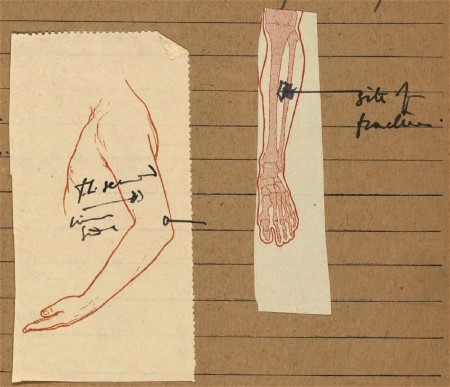
|
|
Apr 13, 1917
|
Invalided to England aboard the Hospital Ship
Brighton
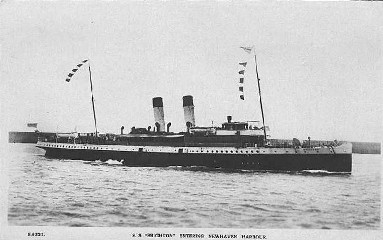
On arrival in England he was admitted to the No.
1 London General Hospital in Camberwell
Transferred to the EORD (Eastern Ontario
Regimental Depot) and posted to the General List for pay purposes while in
hospital
|
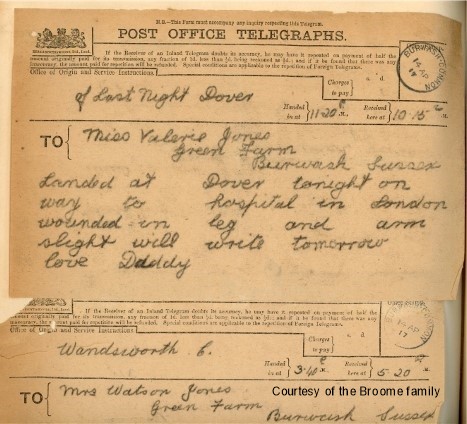
|
|
Apr 17, 1917
|
Surgery performed to remove bullet fragment from
his left arm
|
|
May 16, 1917
|
Medical Board in London notes
Ø Patient was wounded April 9,
1917 to left leg and arm
Ø The wounded arm has healed and
causes no problem
Ø The leg wound has healed, but
the leg remains swollen and man walks with a marked limp
Discharged from hospital and transferred to the
Eastern Ontario Regiment in Seaford and posted to the Regimental Depot
|
|
Jun 18, 1917
|
Granted leave until July 4, 1917 with
instructions to report to the 6th Reserve Battalion on completion
of leave
Transferred to the 6th Reserve
Battalion in Seaford
|
|
Jul 6, 1917
|
Transferred to the 21st Battalion and
proceeded to France
|
|
Aug 19, 1917
|
Placed in temporary command of the 4th
Brigade
|
|
Aug 26, 1917
|
Ceased to be in command of the brigade and
rejoined the 21st Battalion
|
|
Sep 14, 1917
|
Admitted to the No. 10 Canadian Field Ambulance
with a diagnosis that reads Eczema in his legs and Dyspepsia
|
|
Sep 20, 1917
|
Discharged to duty from the field ambulance
|
|
Oct 6, 1917
|
Granted 10 days leave
|
|
Oct 20, 1917
|
Rejoined the battalion from leave
|
|
Dec 28, 1917
|
Mentioned
In Despatches London Gazette # 30448
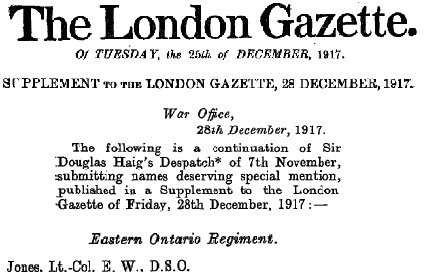
|
|
Jan 12, 1918
|
Granted 14 days leave to England
|
|
Jan 29, 1918
|
On returning from leave was placed in temporary
command of the 4th Brigade
|
|
Feb 12, 1918
|
Ceased to be in command of the brigade and
rejoined the 21st Battalion
|
|
Feb 23, 1918
|
Proceeded to Paris for instructional duties
|
|
Mar 1, 1918
|
Rejoined the 21st Battalion from Paris
|
|
Apr 8, 1918
|
Admitted
to No. 6 Canadian Field Ambulance and transferred to the No 3 Canadian
Stationary Hospital with a diagnosis that reads Gastric Ulcer this was later
changed to read Dyspepsia
|
|
Apr 9, 1918
|
Transferred
to the No. 1 Canadian Red Cross Hospital (Duchess of Westminster Hospital) in
Le Touquet
|
|
Apr 15, 1918
|
Discharged
to duty and rejoined the 21st Battalion
|
|
May 11, 1918
|
Proceeded
to Fort Mahon on the English Channel coast for a Commanding Officer’s
Conference at the Third Army School
|
|
May 13, 1918
|
Awarded
Bar to DSO, London Gazette # 30681
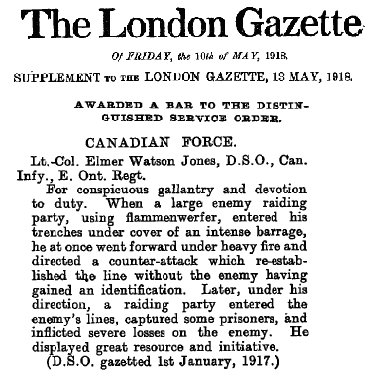
The
additional description is from his service record:
“For
marked devotion to duty and exceptional gallantry, in connection with a
strong hostile operation followed by a successful raid made upon the enemy. Hostile forces, strength about 280, having
entered our trenches under an intense barrage and liquid fire, he promptly,
and under very heavy fire, went forward, to direct the Counter Attack which
was entirely successful.
His
well prepared plans and promptness in action, turned the operation entirely
in our favour with few casualties, and restored our line without the enemy
having gained identification. Under
his direction, this success was followed by a raiding party, entering the
German lines, and with few casualties, bringing back prisoners, and
inflicting on the enemy, severe losses, in killed, and destruction of
dug-outs.
This
officer had displayed marked resourcefulness in action, on numerous
occasions.”
|
|
May 26, 1918
|
Rejoined
unit from the conference
|
|
May 28, 1918
|
Mentioned
In Despatches London Gazette # 30706
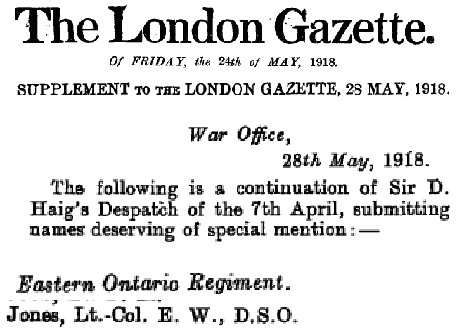
|
|
Jun 27, 1918
|
Granted 14 days leave to England
While in England, he was presented with the bar
to his DSO by the King at Buckingham Palace on July 10th
|
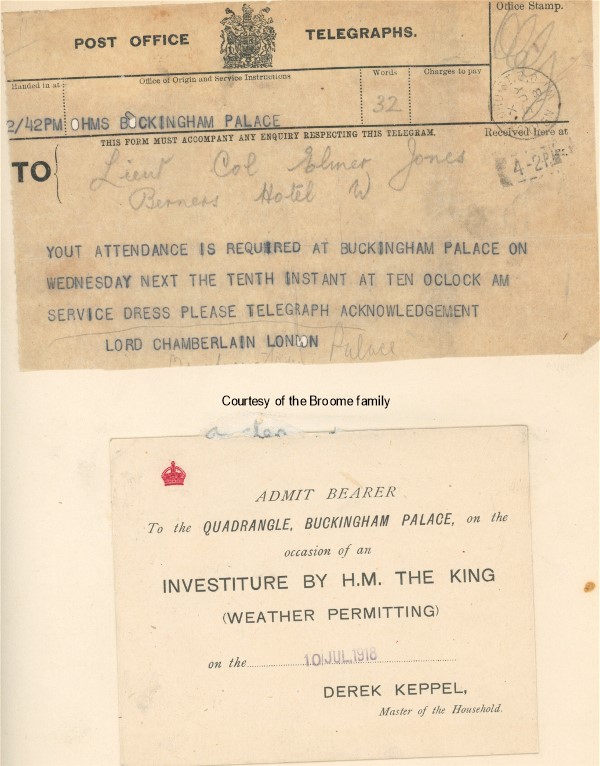
|
|
Jul 14, 1918
|
Rejoined the battalion from leave
|
|
Jul 17, 1918
|
Assumed temporary command of the 4th
Brigade
|
|
Aug 8, 1918
|
On the first day of the Battle of Amiens, the 21st
Battalion was advancing on the town of Marcelcave. When the headquarters section was moving
forward along the Cagny – Marcelcave road, (now the A 29 Hwy) to remain close
to the front, L/Col Elmer Watson Jones received a machine gun bullet wound to
his chest and died while being evacuated to the rear.

He was later buried in the Longueau British Cemetery,
south east of Amiens, France
Initially a wood cross was erected to mark his
grave
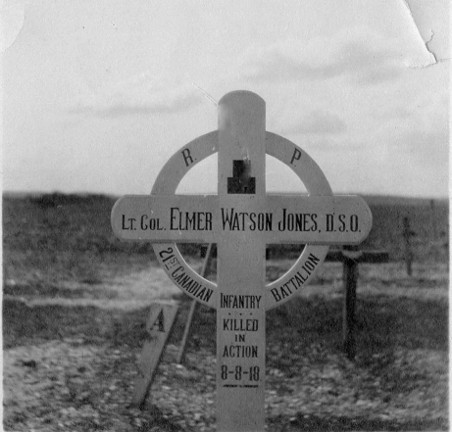
Several years later, the Commonwealth War Graves
Commission replaced the wood crosses with more permanent stone headstones
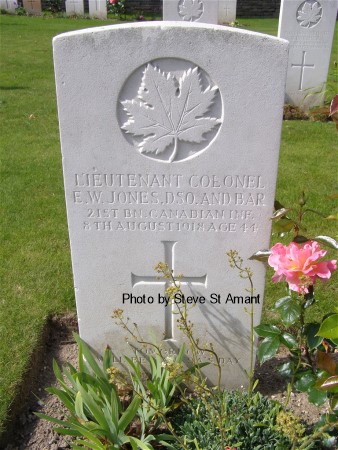
Following his death, the Plaque (Dead Man’s
Penny), Scroll, Memorial Cross, DSO with Bar, 1914-15 Star, British War Medal
and Victory Medals were sent to his widow, Mrs. Isobel Stamford Jones,
Devonshire Apts., Brockville, Ontario
A second Memorial Cross was sent to his mother,
Mrs. Matilda Jones, at the same address
In 1927 a replacement Memorial Cross was sent to
his widow
|
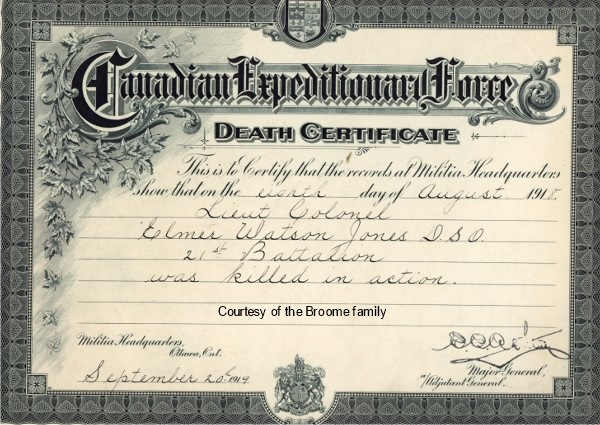
|
|
Nov 20, 1918
|
L/Col EW Jones’ widow and daughter, Isobel
Valerie Jones, embarked the RMS Metagama in Liverpool

|
|
Nov 30, 1918
|
Isobel and her daughter disembarked in Saint
John, New Brunswick and proceeded to Brockville, Ontario
It is of interest to note that his wife and
daughter returned to Canada on the same ship that Elmer Watson Jones sailed
to England on in May of 1915
|
From the July 1935 issue of the Communiqué
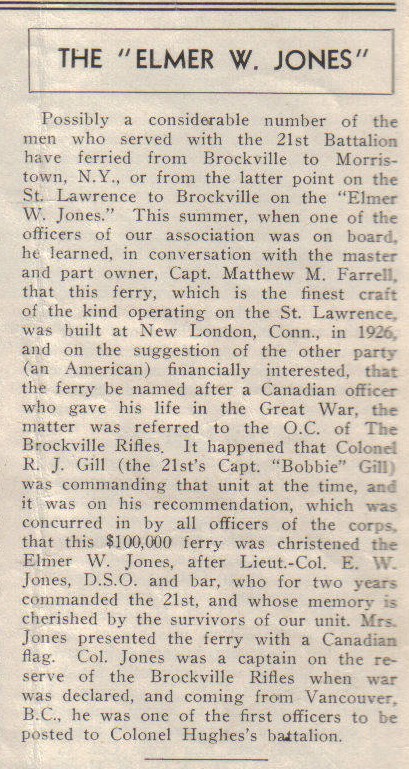 |
|

























